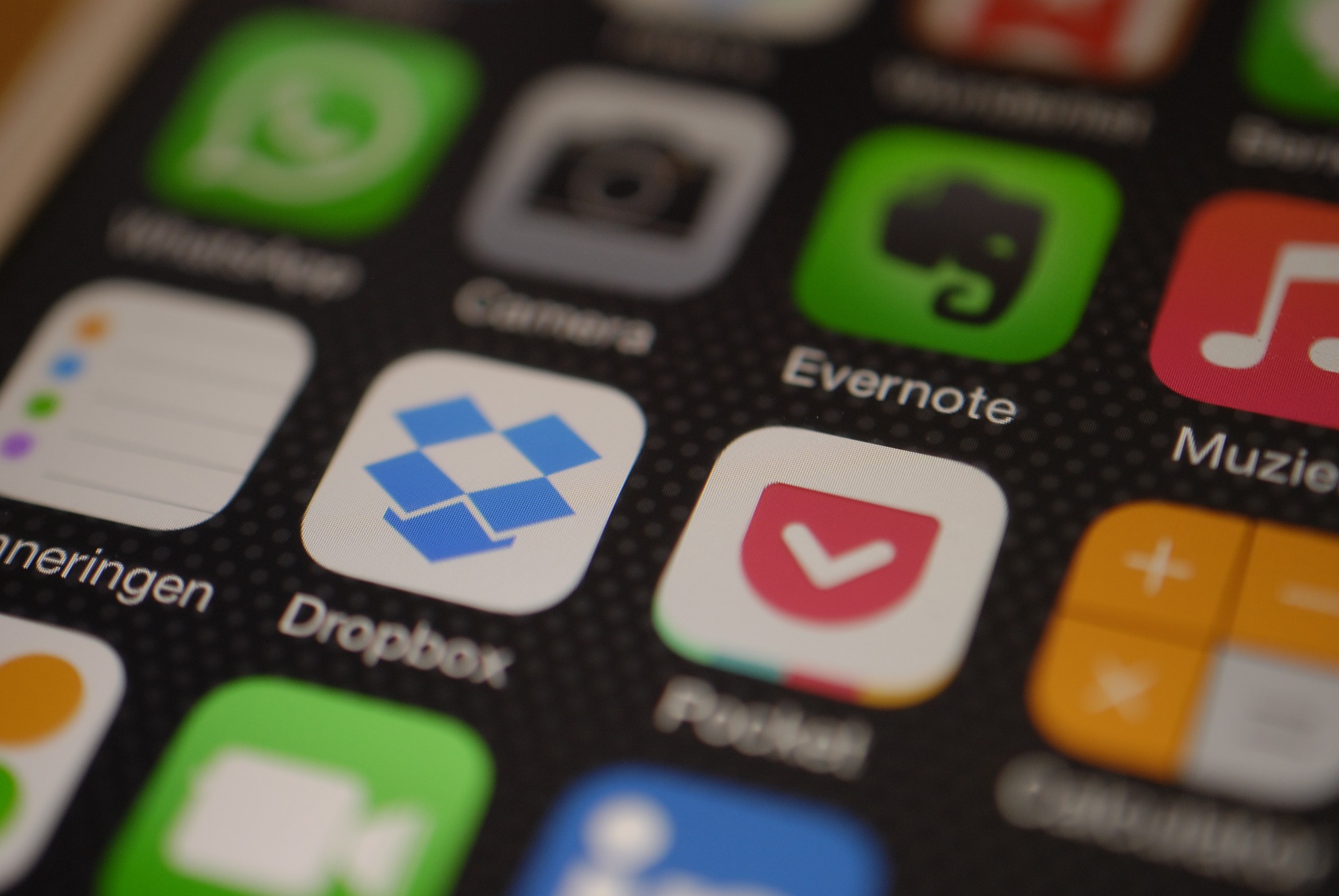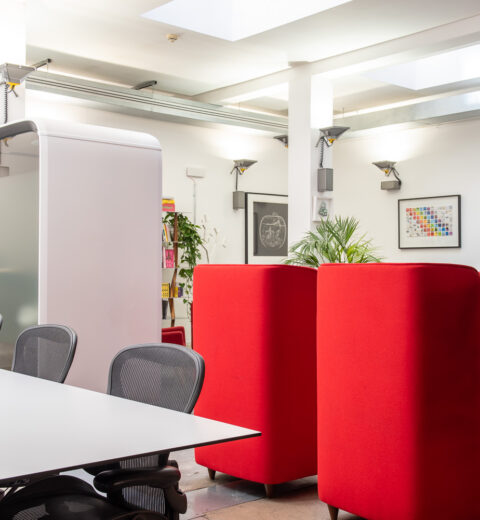How far can you go with making your office paperless?
Back in the 1980s, when computers made their first meaningful forays into our lives, there was a quaint idea that they’d help us cut down on the amount of paper that we use. In fact, the term ‘paperless office’ dates back to a 1975 article about the ‘office of the future’. After all, if we could now store data electronically, we could stop cutting down trees, right?
Wrong. While computers have become an intrinsic part of our work and home lives, we’re still using an awful lot of paper. More so than before in fact – with global consumption of paper increasing by about half since 1980.
Yet, while we might have failed, the dream hasn’t died. Many people still hold onto the hope that a combination of ingenuity, technology, care for the environment and a drive for efficiency will eventually lead us to the paperless promised land.
In some respects, the term ‘paperless office’ probably isn’t helpful. Many businesses will probably feel that this is idealistic and unrealistic. Perhaps it’s better to focus on what can be done and see how far you can go…
Ways to cut paper use in the office
Here are a few working practices and ideas that businesses can adopt if they wish to wean themselves off paper.
Shared access: Office workers often need to print a document to show it to a colleague for a review. Yet, by utilising Google Drive or Microsoft OneDrive, offices can easily and quickly share documents without the need for this. Indeed, treating documents as a ‘live’ piece of work allows for the much more efficient use of feedback, and can speed up approval processes.
Online payslips: Businesses have to provide a payslip to their staff as part of their obligation as an employer. But, it’s important to recognise that this doesn’t have to be a piece of paper. Businesses could send these via email or upload them to a central store – both with password access required to ensure security is maintained.
Sign online: What about documents that need to be ‘signed’? Well, this can be done electronically too. Products such as Adobe Sign allow for signatures to be applied to key documents in a quick, easy, efficient and (importantly) safe manner with no printing required. It’s a great example of a ‘paperless’ activity that also feeds into a business need for speed.
Cloud storage: Saving electronic documents and uploading them to the cloud gives you access to a digital filing cabinet that, technically, knows no bounds. That’s great for space-saving as well as paper-saving.
Reward suppliers for paperless statements: Sending paper copies of letters, contracts and receipts takes time and money – as well as paper. Businesses could offer a small discount – or a longer payment deadline – to companies which opt to go paperless to save time, money and paper.
Where paperless meets its limit
Let’s be honest, most offices will need some paper. That’s particularly the case for some legal documents – such as safety certificates that have to be displayed or some tax forms that might need to be filled in offline.
The key here is the mentality. If everyone’s attitude is ‘why do I need to print this?’ and stops to think first, then that will, at the very least, cut out inappropriate and unnecessary paper use – the first step on the long road towards a paperless or near-paperless office.
Maybe the ‘office of the future’ for us will be rid of paper and finally be as revolutionary as the office of the future seemed in 1975. Businesses can probably all look at their practices and get closer to the ideal at the very least.
Photo credits: eOffice, Pixabay, Pixabay, eOffice







